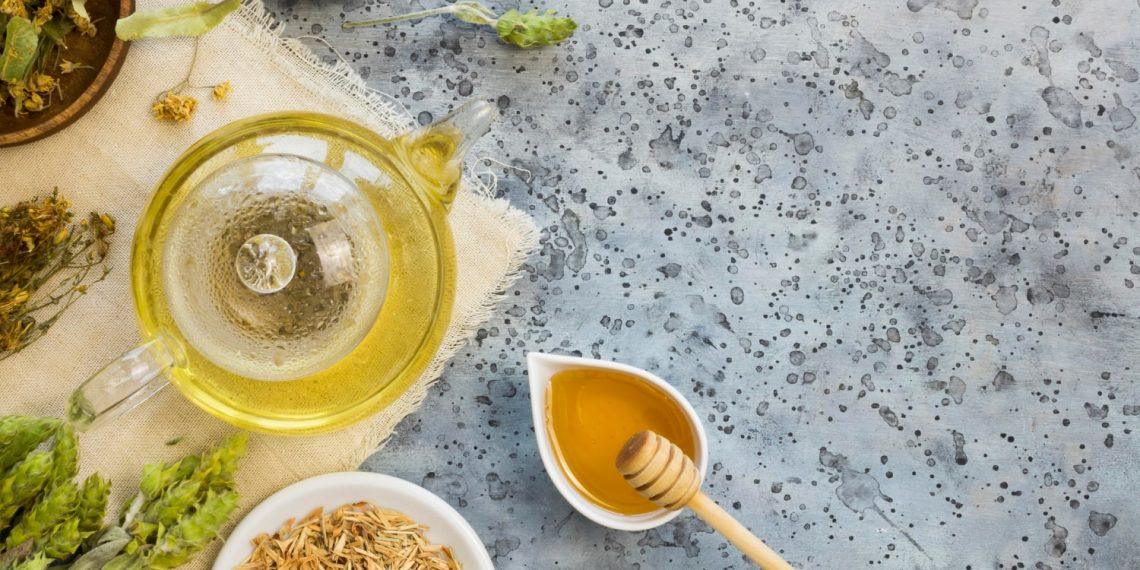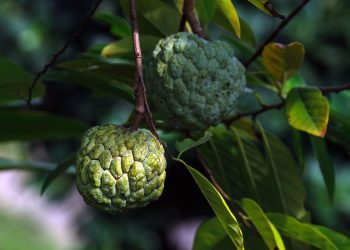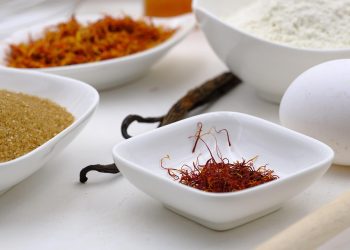High fiber foods for A1C control can be your allies in maintaining stable blood sugar levels. If you’re navigating the challenges of diabetes or prediabetes, understanding how to regulate your A1C levels is crucial. A1C is not just a number; it reflects how well you’ve managed your blood sugar over time. Let’s dive into some delicious high-fiber foods that can help you take charge of your health.
Contents
What is A1C and Why Does It Matter?
A1C is a blood test that measures your average blood sugar levels over the past two to three months. Keeping your A1C within a target range is vital for preventing complications related to diabetes, such as heart disease, nerve damage, and kidney issues. The higher your A1C, the greater your risk. This is where high fiber foods come into play—a powerful tool for stabilizing blood sugar levels.
Fiber does wonders for your body. It slows down digestion, ensuring that sugar is released into your bloodstream gradually. This helps prevent those dreaded spikes and crashes that leave you feeling fatigued and irritable. If you want to feel your best and keep your A1C in check, it’s time to embrace fiber-rich foods.
7 High Fiber Foods to Include in Your Diet
Let’s explore seven high fiber foods that can support your A1C control. These aren’t just any foods; they’re tasty, versatile, and easy to incorporate into your meals.
1. Legumes: The Unsung Heroes
Legumes, such as lentils, chickpeas, and black beans, are packed with fiber and protein. They’re low on the glycemic index, meaning they won’t spike your blood sugar.
- Benefits: One cup of cooked lentils has about 15.6 grams of fiber. This helps keep you full and satisfied while regulating your blood sugar.
- How to Enjoy: Toss them into salads, soups, or make a hearty lentil stew.
Pro Tip: Try a chickpea salad with lemon, olive oil, and herbs for a refreshing side dish!
2. Oats: A Breakfast Champion
Oats are not just a cozy breakfast option; they’re also a fiber powerhouse. A bowl of oatmeal can work wonders for your blood sugar levels.
- Benefits: Oats contain soluble fiber, which helps lower cholesterol and manage blood sugar levels. Just one cup of cooked oats has about 4 grams of fiber.
- How to Enjoy: Top your oatmeal with berries and a drizzle of honey for a sweet start to your day.
Pro Tip: Overnight oats are a fantastic make-ahead option for busy mornings!
3. Chia Seeds: Tiny But Mighty
Chia seeds are little gems of nutrition. These tiny seeds can absorb up to 10-12 times their weight in water, turning into a gel-like substance that slows digestion.
- Benefits: Just two tablespoons pack about 10 grams of fiber. They’re also rich in omega-3 fatty acids.
- How to Enjoy: Mix them into smoothies, yogurt, or whip up a chia pudding.
Pro Tip: Blend chia seeds into your smoothies for an extra boost without changing the flavor!
4. Berries: Nature’s Sweet Treats
Berries are not only delicious but are also among the highest fiber fruits. They’re low in sugar and high in antioxidants.
- Benefits: Raspberries and blackberries provide around 8 grams of fiber per cup. They help control insulin levels and improve glucose metabolism.
- How to Enjoy: Snack on them fresh, toss them into salads, or blend them into smoothies.
Pro Tip: Make a berry compote to drizzle over your morning yogurt or oatmeal!
5. Broccoli: The Nutrient Powerhouse
Broccoli is a cruciferous veggie that deserves a spot on your plate. It’s packed with vitamins, minerals, and fiber.
- Benefits: One cup of cooked broccoli contains about 5 grams of fiber. It also helps lower inflammation and improve gut health.
- How to Enjoy: Steam it, roast it, or toss it into stir-fries.
Pro Tip: Add lemon zest and a sprinkle of parmesan for an extra flavor boost!
6. Avocado: The Creamy Delight
Avocado is not just a trendy toast topping; it’s a fiber-rich food that can help manage blood sugar levels.
- Benefits: One medium avocado contains about 10 grams of fiber and healthy fats that promote satiety.
- How to Enjoy: Spread it on toast, blend it into smoothies, or add it to salads.
Pro Tip: Make a simple guacamole for a delicious dip that’s also nutritious!
7. Whole Grains: The Energizing Choice
Whole grains like quinoa, brown rice, and whole grain bread are fantastic sources of fiber. They’re more nutritious than their refined counterparts.
- Benefits: Whole grains contain more fiber, vitamins, and minerals. For instance, one cup of cooked quinoa has about 5 grams of fiber.
- How to Enjoy: Use them as a base for bowls, side dishes, or salads.
Pro Tip: Swap out white rice for quinoa to boost the fiber content of your meals!
How to Incorporate High Fiber Foods into Your Diet
Incorporating high fiber foods doesn’t have to be a chore. Here are some practical tips to seamlessly add them to your daily routine:
- Start with Breakfast: Choose oatmeal or a smoothie packed with fruits and seeds.
- Snack Smart: Reach for nuts, seeds, or fresh fruit instead of processed snacks.
- Plan Your Meals: Include a variety of legumes and whole grains in your dinners.
- Experiment with Recipes: Try new recipes that focus on high fiber ingredients.
The Importance of Staying Hydrated
As you increase your fiber intake, remember to drink plenty of water. Fiber works best when it absorbs water, helping to keep your digestive system running smoothly. Aim for at least 8 cups a day, and more if you’re active.
Understanding the Role of Portion Control
While fiber-rich foods are beneficial, portion control is still essential. Aim for a balanced plate to avoid overwhelming your digestive system. Listen to your body—it knows what it needs.
Bottom Line
High fiber foods for A1C control are a delicious and effective way to manage your blood sugar levels. By including legumes, oats, chia seeds, berries, broccoli, avocados, and whole grains in your diet, you’ll fuel your body with the nutrients it craves while keeping your A1C in check.
Take charge of your health today. With a little creativity, you can enjoy flavorful meals that support your well-being without sacrificing taste.
FAQs
1. How much fiber should I aim for daily?
Aim for at least 25 grams of fiber per day for women and 38 grams for men, but listen to your body’s needs.
2. Can I get too much fiber?
Yes, too much fiber can lead to digestive discomfort. Gradually increase your intake and ensure you’re drinking enough water.
3. Are there specific foods to avoid with high A1C?
Limit sugary foods and refined carbohydrates, which can spike your blood sugar levels.
Feel empowered to take control of your health—your body will thank you!
Get Your FREE Natural Health Guide!
Subscribe now and receive our exclusive ebook packed with natural health tips, practical wellness advice, and easy lifestyle changes — delivered straight to your inbox.













